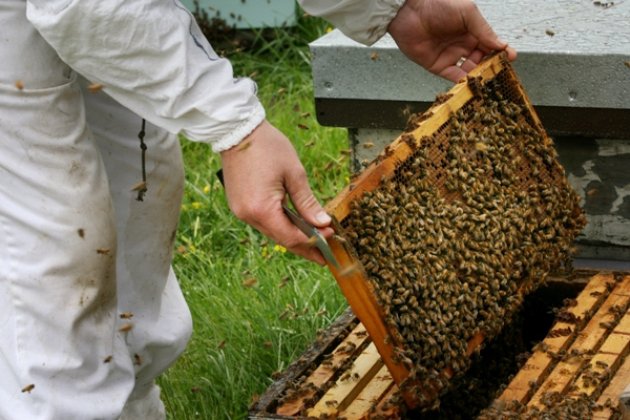While New Zealand has its own story to tell in its fight against the varroa mite as it endeavours to protect our honey-making industry, across the ditch the parasite is waging a war on beekeepers in New South Wales (NSW).
Since the mite was discovered in late June near the Port of Newcastle, the NSW Department of Primary Industries (DPI) has euthanised nearly 2000 in various kill zones, at alert level red, imposed across parts of the state and tested thousands of hives. To date, 39 properties have been found to have infestations.
“Each hive contains anywhere from 10,000 to 30,000 bees, which means between 15 million and 45 million bees have been euthanised in an attempt to control the parasite since it was first detected near the Port of Newcastle on June 22,” NSW Agriculture Minister Dugald Saunders said.
“[Bees] do breed up again very quickly but it’s about making sure you’ve got all of the people still wanting to stay in the industry after it’s been decimated like this.”
Read: FMD awareness campaign launched
Australia’s strict biosecurity measures have been pivotal in ensuring the country has remained mite-free, and its current containment efforts are centred around eradication. If eradication is impossible, authorities will move to manage the pest with the use of chemicals and constant monitoring. There are also reports NZ’s varroa mite experts were called in to help with the biosecurity issue threatening its AU$70 million honey industry.
The mite originated in Asia during the 1950s and spread to Europe in the 70s. It infected America in the late 80s, before spreading to South America, Africa and NZ.

However, more than two decades after it arrived in NZ, the mite is still being reported as the main reason behind a significant jump in beehive colony losses. It also resulted in feral bees virtually vanishing from the North Island within four years of the mite invasion.
The Ministry for Primary Industries’ (MPI) colony loss survey this year covered almost 50% of the country’s hives and beekeepers have reported overall loss rates from last winter were 20% higher than the year before. Compared to the first year of the survey in 2015, the loss rates are 62% greater.
Earlier this year, Apiculture NZ Science and Research Focus Group chair Barry Foster said as a country, NZ has done exceptionally well trying to slow the mite’s spread over the past 22 years.
But it was now endemic in NZ and he feared it was building a momentum that made it more virulent and intense in terms of the damage it inflicted upon hive populations.










